My home town, Gananoque, is a tourist berg. Some decades ago, some prominent local hit upon the idea of turning Centennial Park, in the centre of town, into a sculpture park. That ought to please the passersby.
Unfortunately, this did not reckon on the decadence of contemporary art. What the town is left with is a few random piles of what looks like scrap metal.
I proposed in this blog some time ago to convert the park instead into a collection of realistic statues of Canadian heroes.
I still like that idea; but perhaps I have a better one.
Other towns—no, other cities—have zoological gardens, or botanical gardens. Why couldn't Gananoque, uniquely, have a mythological gardens?
The grounds would be populated by statues of mythological creatures, if possible in their natural habitat. As in a zoo, one could have plaques explaining basic facts about the beasts, where they range, what they eat, and so forth. With a little extra funding, guests could press a button and hear the monster's voice.
This would automatically be attractive to the public. There is a reason why these imaginary beasts have stuck in the human imagination. They touch on deep archetypes, and so excite the fancy.
At the same time, it would be highly educational. We sometimes see displays of dinosaur statues on a similar principle; at, for example, the Calgary zoo, in the name of educating kids about science. But this does not work nearly so well: every few years we find out something dramatically new about dinosaurs, in effect making our expensive displays show something known to be false. It turns out dinosaurs had feathers. They were warm-blooded. There was no brontosaurus.
Mythical animals, on the other hand, never change. In learninig about them, the student does not learn about science, but he learns a lot about the humanities. He will now understand the reference if he ever reads literature or admires art. He may also garner something about the human mind.
The fact that they are “just” statues is merely a matter of being fully authentic. They are, to begin with, creatures of art. Sculptors could be given some leeway in making thee figures dramatic. At the same time, we want to ge sure they are authentic to the traditions, for educational purposes.
I had some fun last night coming up with the most obvious exhibits. A few rules: this must not be a solitary individual, in the mythology, but a species. It must not be a type of human, like a werewolf or a vampire, or too humanoid in form.
pooka
Habitat: Ireland.
mermaid
The great success of PT Barnum's “Feegee mermaid” exhibit suggests this should be a crowd-pleaser. Not to mention the Disney connections.A bit too humanoid, but too popular to leave out. Habitat: Denmark, Fiji, the oceans of the world.
sphinx
An important bit of knowledge to impart. Kids, impress your friends with this bit: that big statue in front of the pyramids in Egypt is not a sphinx. Display could pose the famous riddle from the Oedipus cycle. Habitat: Thebes, Greece, Hellenic world
dragon
The real, original, dinosaur. Accept no imitations. Habitat: world wide.
phoenix
An opportunity for an exciting display. Have the statue made of some flame-resistant metal, and place an eternal flame inside. At regular intervals, it would be set to suddenly turn up and immolate the statue. Habitat: Greece, sands of Arabia, China.
sasquatch
The inevitable Canadian content. Great voice recordings available. Habitat: BC, Pacific Northwest.
unicorn
Especially for the girls. Habitat: Europe, China.
satyr
Delightfully scary. Habitat: Arcadia, Greece, any woods or clearing at noon.
centaur
golem
Habitat: Prague, Jewish diaspora.
griffin
A bit of a local reference. Griffins have been spotted as close by as Gananoque Lake.
manticore
Needs to be included for the sake of Robertson Davies' novel of the same name, a Canadian classic.
thunderbird
A bit of free advertising for a local motel. And an aboriginal reference. Habitat: North America
chupacabra
Of interest as a recent urban legend. The imagination lives! We could show him in he act of bleeding a goat dry.
haetae
A personal favourite, from Korea. Made of granite, eats fire and protects from earthquakes. Could ship one over from Korea, where they know how to carve it properly. Habitat: Korea, China.
sea serpent
Another opportunity for a dramatic display. Centennial Park in Gananoque has a small lake in the middle. Create a statue of a sea serpent head and neck that remains usually submerged, then at fixed intervals, emerges above the surface, blows a spout of water, then sinks again into the murky depths of the pond. Habitat: Lake Okanagan, Lake Manitoba, Lake Champlain, Loch Ness, the oceans of the world.
roc















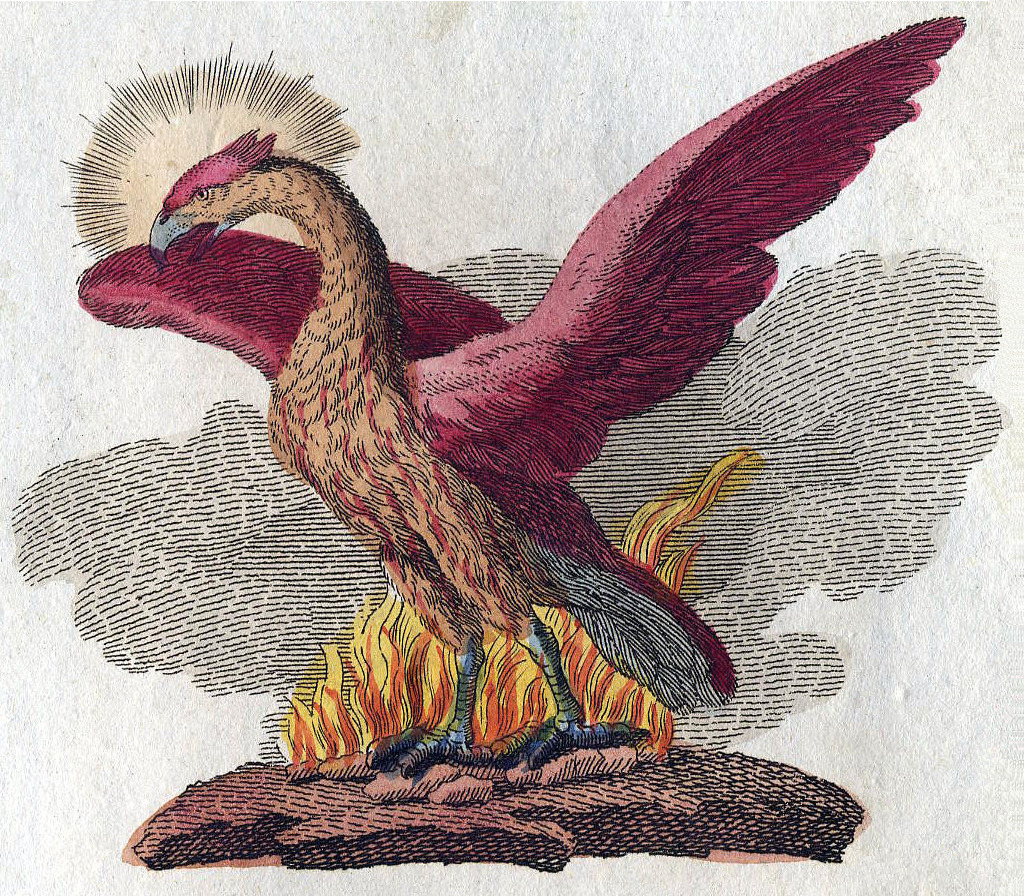

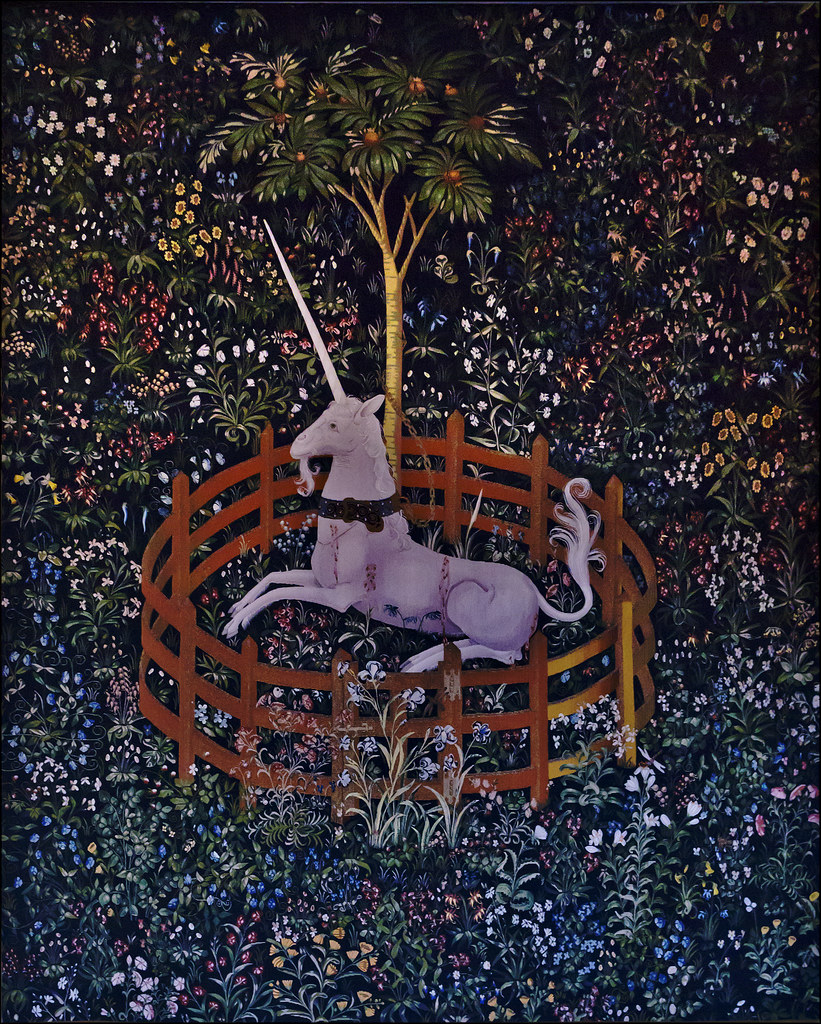
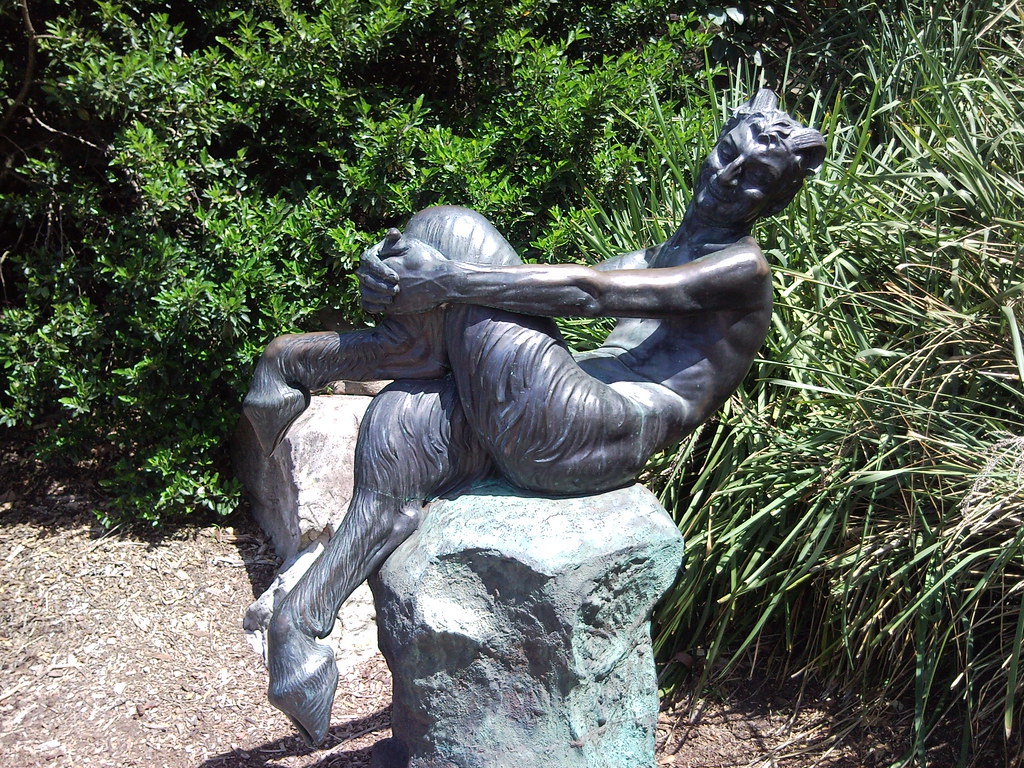

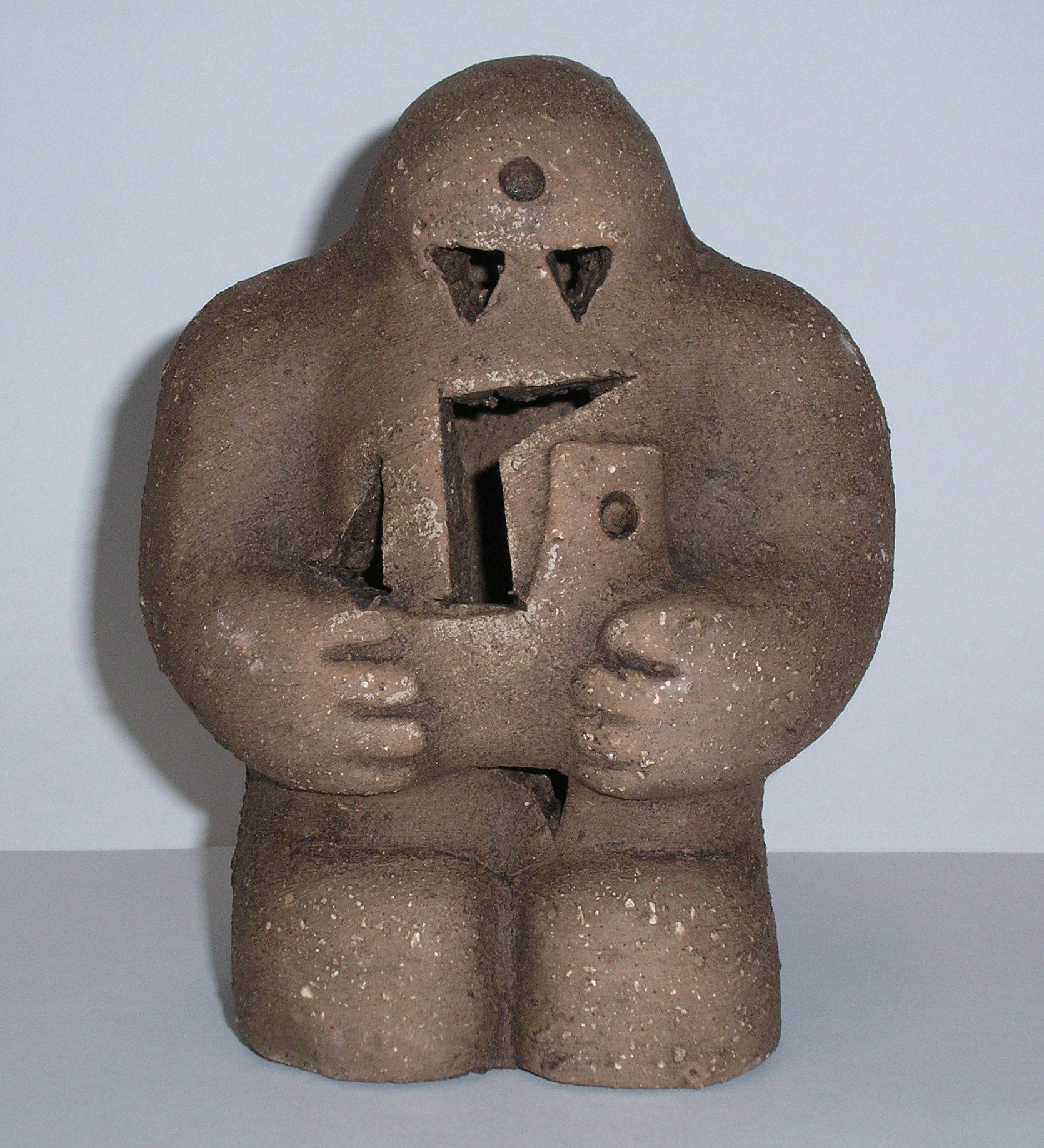

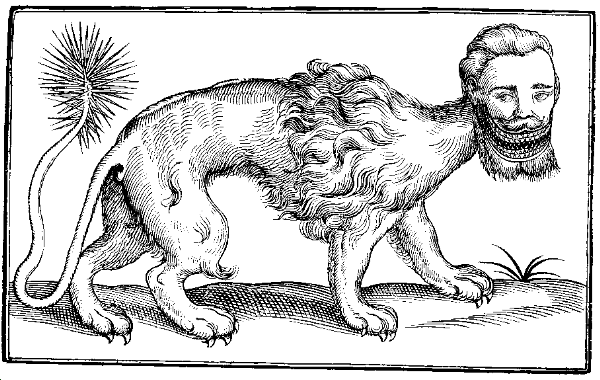



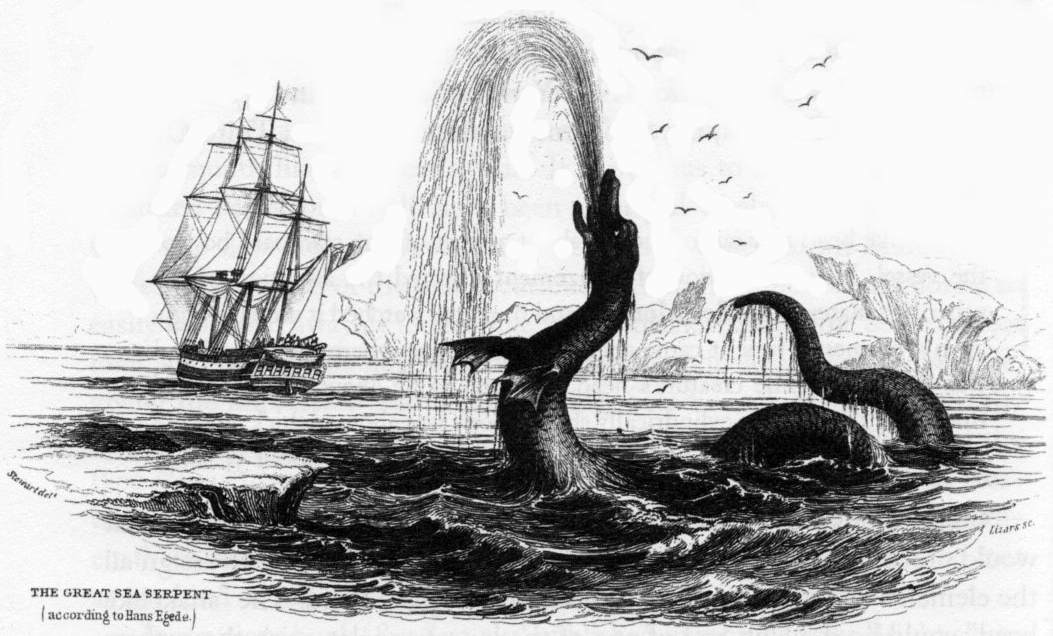
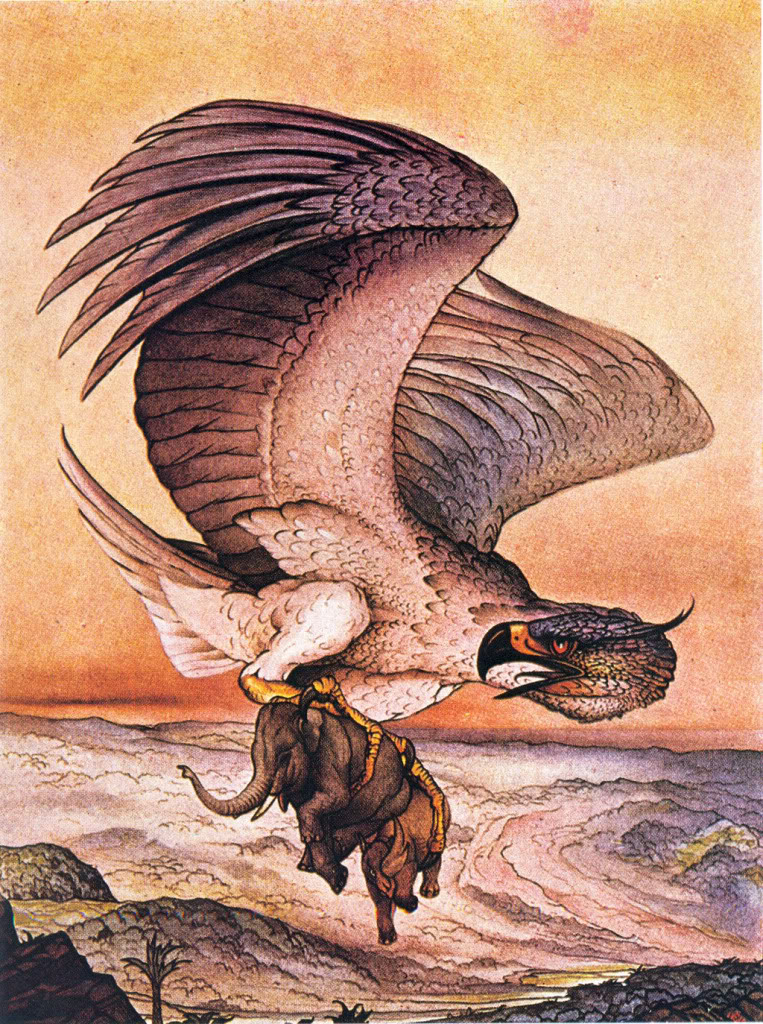
No comments:
Post a Comment